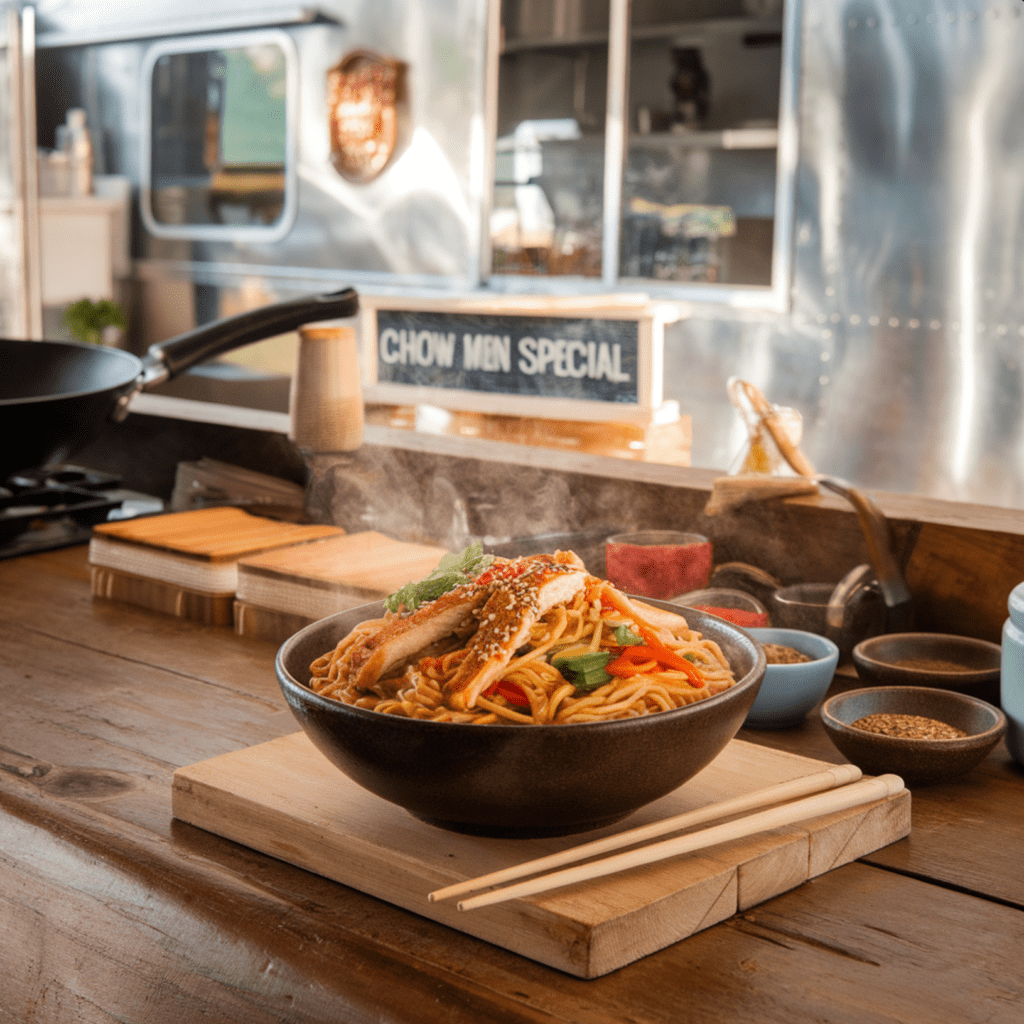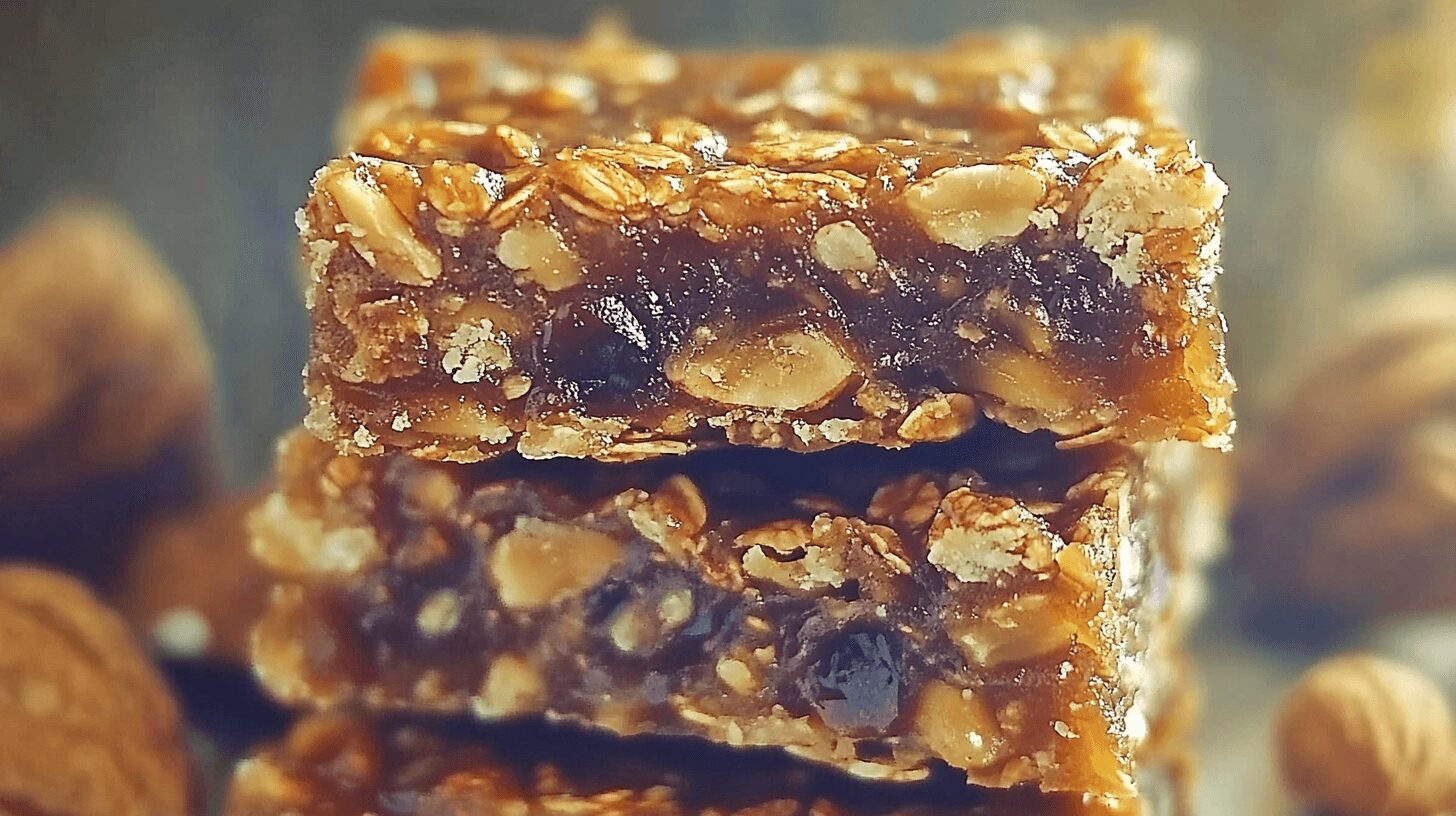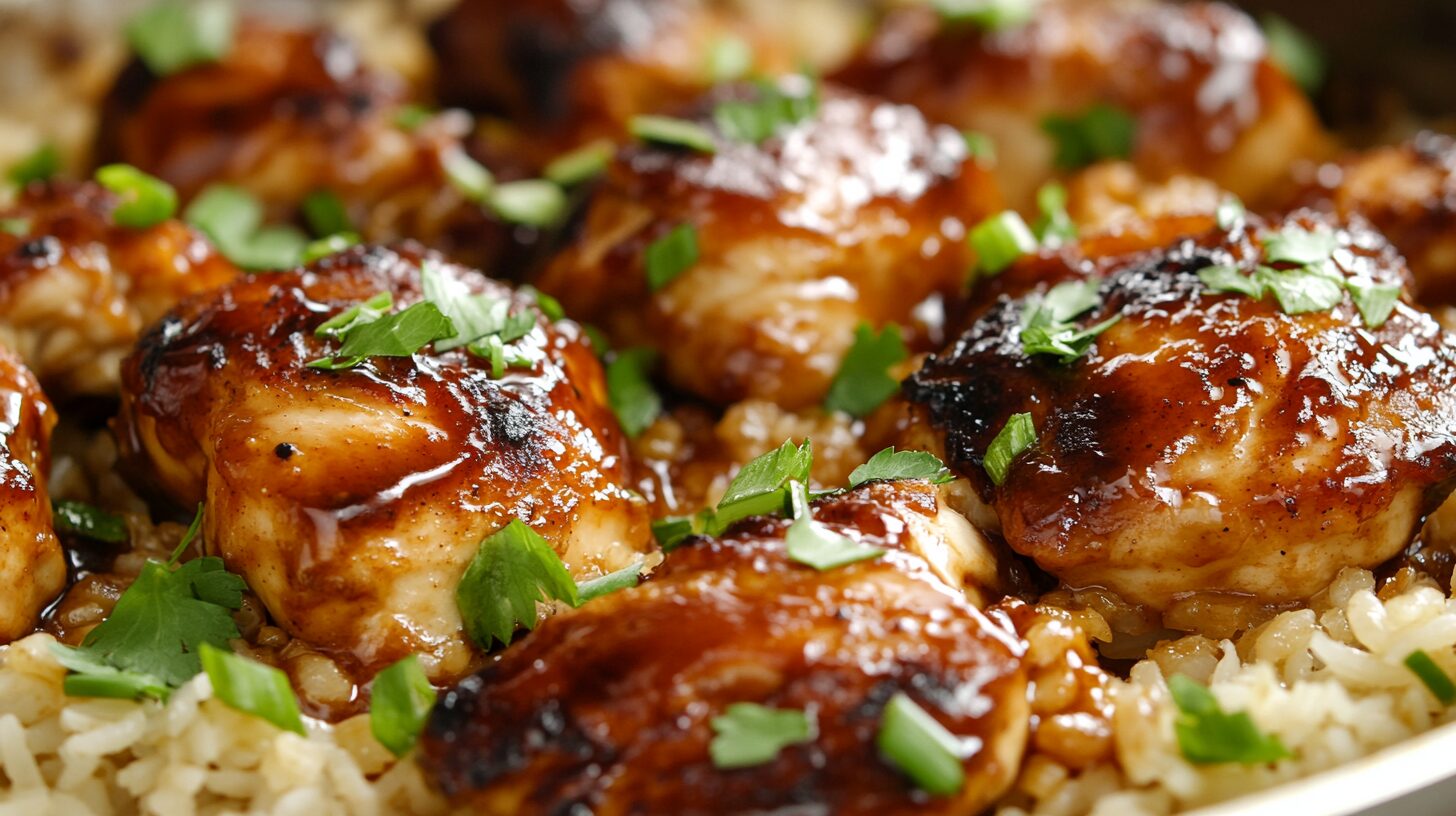Introduction: The Charm of Chow Mein
Chow mein is more than just a dish; it’s a cultural icon that has captured hearts worldwide. In addition, it’s a flavorful journey into the art of Chinese cuisine. Not only that, but chow mein also offers a delightful balance of textures and flavors. Above all, its versatility allows it to cater to a wide range of tastes and preferences. In short, chow mein is a timeless favorite for both casual diners and culinary enthusiasts.
What Is Good About Chow Mein?
A Harmony of Flavors and Textures
Chow mein’s greatness lies in its simplicity and adaptability, making it a universal favorite among food enthusiasts. For instance, the noodles’ slightly crispy texture, achieved by stir-frying, provides a delightful contrast to the tender vegetables and proteins. When combined with a savory sauce infused with soy, sesame, and aromatic spices, it creates an unmatched culinary experience that’s both satisfying and comforting. Moreover, the inclusion of fresh vegetables such as bell peppers, carrots, and cabbage not only enhances the flavor but also adds vibrant colors and essential nutrients. Additionally, the choice of proteins, whether chicken, beef, shrimp, or tofu, allows for endless customization to suit diverse dietary preferences. As a result, chow mein offers a harmonious blend of textures, flavors, and nutritional benefits in every bite.
Ease of Preparation
On the other hand, chow mein’s ease of preparation makes it an ideal choice for home cooks, even those with limited time or experience in the kitchen. In fact, with just a few basic ingredients and a trusty wok or skillet, anyone can recreate this classic dish at home. For example, noodles can be boiled or stir-fried quickly, while the vegetables and proteins require minimal preparation, saving valuable time. Additionally, its affordability is another significant advantage; the core ingredients—noodles, vegetables, and sauces—are budget-friendly and widely available in grocery stores. Consequently, chow mein becomes a practical solution for busy weeknights when a quick yet nutritious meal is needed.
Versatility and Creative Customization
Moreover, its versatility allows for creative experimentation. For instance, home cooks can add chili flakes or Sriracha to make it spicy, or mix in pineapple chunks for a sweet and tangy variation. Similarly, it can be transformed into a vegetarian or vegan dish by omitting animal-based proteins and using plant-based sauces. Above all, chow mein has become a staple in households across the globe, cherished not only for its delightful taste but also for the simplicity and convenience it offers.
A Timeless Favorite
Therefore, it’s no surprise that this beloved dish continues to stand the test of time, captivating food lovers of all ages. Whether you enjoy it as a quick dinner or a gourmet experience, chow mein always delivers a satisfying meal. With its rich flavors and unmatched adaptability, chow mein is more than a dish—it’s a culinary icon that connects people worldwide.
What Is in the Special Chow Mein?
A Harmony of Carefully Selected Ingredients
The beauty of special chow mein lies in its harmonious blend of carefully selected ingredients that come together to create an unforgettable dish. For example, traditional chow mein starts with stir-fried noodles as its base, cooked to achieve a perfect balance of crispiness and tenderness. These noodles are then combined with a medley of colorful vegetables, such as cabbage, carrots, and bell peppers, each adding its unique texture and flavor. Additionally, a choice of protein—such as chicken, beef, shrimp, or tofu—completes the dish, offering a satisfying source of nutrition. In addition, a rich combination of sauces, including soy sauce, oyster sauce, and sesame oil, enhances the overall flavor profile. Together with spices like garlic and ginger, these elements infuse each bite with depth and complexity. As a result, every mouthful of special chow mein delivers a symphony of tastes that excites the palate.
Creative Variations for Special Chow Mein
What truly sets “special” chow mein apart is the opportunity for creative variations. For instance, some chefs elevate the dish with unique ingredients like tofu, mushrooms, or even pineapple, introducing an unexpected twist that surprises and delights diners. Moreover, regional adaptations provide a wealth of exciting possibilities. For example, Sichuan-style chow mein incorporates bold, spicy flavors, while Cantonese versions emphasize a slightly sweeter, more umami-rich sauce. Similarly, fusion cuisine has transformed chow mein into a global phenomenon, where inventive ingredients like cheese, pesto, or even truffle oil are added to cater to diverse culinary tastes.
Adaptability and Universal Appeal
Above all, special chow mein reflects the adaptability of this classic dish, allowing it to evolve with changing preferences while staying true to its roots. Additionally, its appeal lies in its ability to cater to both traditional and adventurous palates. For instance, families may enjoy a comforting, classic version for dinner, while food enthusiasts might prefer experimenting with new flavors and textures.
A Testament to Culinary Creativity
In short, special chow mein is a testament to the endless possibilities of combining simple ingredients to create something extraordinary. As a result, it continues to be a favorite across cultures, offering a delicious canvas for chefs and home cooks to express their creativity.
Why Is Chow Mein Famous?
A Dish with Cultural Significance
Chow mein’s fame is deeply rooted in its rich cultural heritage and universal appeal. It is, in fact, a cornerstone of Chinese takeout menus across the globe, offering a taste of authentic Chinese cuisine in an accessible way. Its history, dating back centuries, highlights its enduring popularity as a beloved staple. For example, chow mein originated as a convenient street food designed to nourish travelers quickly and affordably. As a result, it became synonymous with a quick, satisfying meal that could be enjoyed on the go.
Adaptability Across Cultures
Moreover, chow mein’s remarkable adaptability has allowed it to thrive in diverse culinary traditions. For instance, in India, the dish is transformed with bold spices like chili and masala, catering to the Indian love for heat and flavor. On the other hand, in the United States, chow mein often features crispy noodles, offering a unique twist that appeals to American tastes. This ability to evolve while retaining its essence has made chow mein a culinary chameleon, adored by different cultures for its versatility.
Additionally, chow mein serves as a blank canvas for creativity, with chefs and home cooks alike adding their personal touches. For example, it can be customized with various proteins, from chicken to tofu, or enhanced with fresh, local vegetables. As a result, chow mein becomes a reflection of the region or household where it is prepared, making it deeply personal yet universally loved.
A Connection Through Food
Above all, chow mein’s fame lies in its ability to connect people through food. Whether served at a bustling street market in Asia, a cozy family dinner table in Europe, or a quick-service restaurant in America, it transcends cultural boundaries. In short, its simple preparation and irresistible flavors create a shared experience for food lovers around the world.
Enduring Popularity
Chow mein has stood the test of time because of its convenience, flavor, and flexibility. Not only does it cater to a wide range of dietary preferences, but it also embodies a sense of nostalgia for many who grew up enjoying its comforting taste. Consequently, it continues to dominate menus and kitchens, proving that its reputation as a globally cherished dish is well-deserved.
In conclusion, chow mein’s fame is a testament to its rich history, culinary versatility, and timeless appeal. Therefore, the next time you savor a plate of chow mein, you’re not just enjoying a delicious meal—you’re experiencing a dish that has brought joy to countless tables for generations.
Why Is Chow Mein So Different?
Unique Cooking Techniques
Chow mein stands out because of its distinctive cooking method. For example, cooks parboil the noodles before stir-frying them, resulting in a crispy texture. This process adds a smoky flavor to the noodles due to the high heat. In addition, fresh, crunchy vegetables like bell peppers, carrots, and cabbage combine with savory sauces such as soy and sesame oil to create a rich flavor profile. As a result, chow mein offers an exciting mix of textures and flavors in every bite, unlike other noodle dishes.
Versatility in Preparation
The flexibility of chow mein is another factor that makes it unique. While some recipes focus on creating crispy, golden noodles, others emphasize a softer, saucier version that enhances its savory elements. Home cooks and chefs alike adapt the recipe to suit different tastes. For instance, some versions include proteins such as chicken, beef, or shrimp, while others use tofu for a vegetarian alternative. The variety of seasonings, including garlic, ginger, and chili flakes, allows for a mild or bold dish, depending on preferences.
Cultural Adaptations
Chow mein’s diversity extends to its cultural interpretations. For instance, Indian-style chow mein incorporates bold spices like masala and chili, while American versions often highlight crispy noodles and a sweeter sauce. These regional variations add to the dish’s global appeal. Each adaptation retains the core essence of chow mein while offering a unique twist.
The Chow Mein Experience
What makes chow mein truly different is its ability to cater to any occasion. It works as a quick, simple meal for a weeknight or as a highlight of a more elaborate spread. Its adaptability and unique flavors ensure that remains a favorite across cultures. Above all, this noodle dish is a celebration of taste and versatility, making it special for food lovers everywhere.
Step-by-Step Guide to Making Chow Mein
Step 1: Gather Your Ingredients
To begin, gather fresh noodles, a selection of vegetables like cabbage, carrots, and bell peppers, and your preferred protein. In addition, make sure to have soy sauce, sesame oil, garlic, and ginger on hand. For instance, you could also include chili flakes for an extra kick.
Step 2: Prepare the Vegetables and Protein
Next, chop your vegetables into thin strips for even cooking. For example, slice the carrots and bell peppers julienne-style. In contrast, dice the protein into bite-sized pieces for quick stir-frying. Above all, ensure everything is ready before you start cooking to maintain the wok’s heat.
Step 3: Cook the Noodles
After that, boil the noodles until they are al dente. On the other hand, avoid overcooking, as the noodles will be stir-fried later. In addition, drain and toss them lightly in sesame oil to prevent sticking.
Step 4: Stir-Fry Everything Together
Finally, heat the wok and add a splash of oil. Begin by stir-frying the protein, followed by the vegetables. For instance, start with garlic and ginger to release their aroma, then add the carrots and cabbage. Moreover, toss in the noodles and sauces, mixing everything thoroughly. As a result, you’ll have a steaming bowl of flavorful ready to serve.
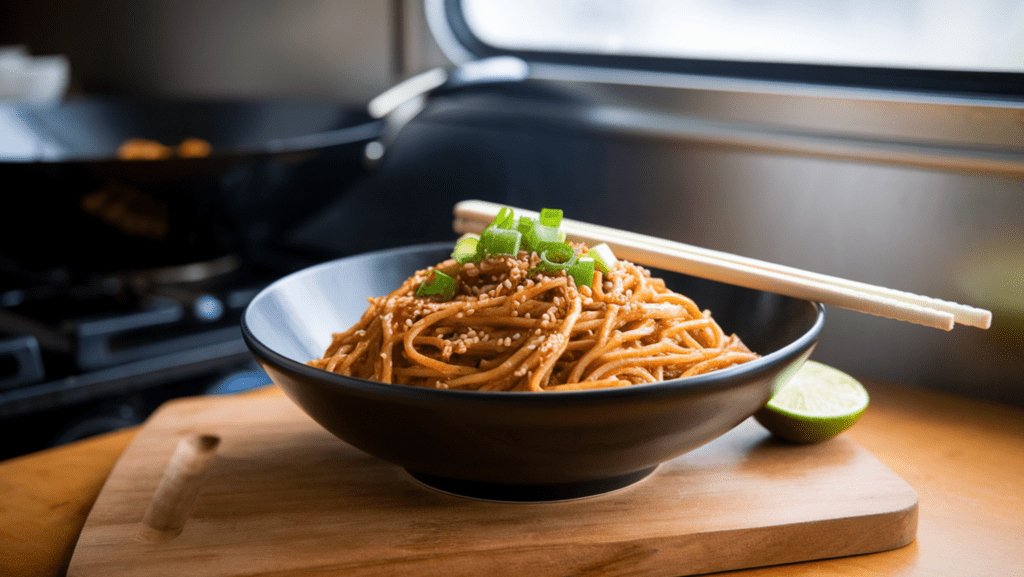
Creative Tips and Variations
Vegetarian Chow Mein: A Wholesome Alternative
For a meatless twist, you can create vegetarian by replacing the protein with tofu or loading the dish with extra vegetables. For example, fresh broccoli florets, snap peas, and shiitake mushrooms add a delightful combination of textures and flavors. Tofu, when stir-fried to a golden crisp, makes an excellent source of protein while complementing the dish’s savory profile. Additionally, consider adding a splash of hoisin sauce to enhance the overall flavor. For a complete guide to chicken-free options, check out What is Chicken Chow Mein Made Of?.
Spicy Chow Mein: Heat Up Your Plate
Spicy chow is the perfect choice for those who enjoy bold, fiery flavors. To achieve this, stir in chili paste or a generous dollop of Sriracha during the cooking process. You can also sprinkle red pepper flakes for an extra kick. In fact, this variation pairs exceptionally well with chicken or shrimp, as the heat intensifies their natural flavors. On the other hand, cooling toppings like cucumber slices or lime wedges can balance the spiciness for a harmonious dish. If you’re interested in exploring how spice changes, visit What Is Special About Chow Mein?.
Fusion Chow Mein: Where East Meets West
Fusion chow mein pushes the boundaries of tradition, inviting unexpected ingredients to the mix. For instance, adding shredded cheese creates a creamy texture that’s sure to surprise your taste buds. Similarly, a hint of pesto offers a fresh, herbaceous twist to the dish, blending Italian influences with classic Chinese techniques. Another exciting option is incorporating a dash of curry powder for an Indian-inspired flavor profile. Moreover, fusion offers endless possibilities for customization, making it a hit at family dinners or potlucks. To understand how chow mein compares to other dishes, check out What Is the Difference Between Chow Mein and Chop Suey?.
Bonus Tip: Create Your Signature Style
Above all, is a canvas for culinary creativity. Whether you’re experimenting with global flavors or simply using what’s available in your pantry, the dish adapts effortlessly. For more inspiration on crafting unique recipes, explore Chicken Chow Mein Near Me and What Is the Difference Between Chicken Lo Mein and Chow Mein?.
FAQs
What Is Good About Chow Mein?
Chow mein is good because of its rich flavors, versatile ingredients, and quick cooking process. In addition, it’s a balanced meal that can be tailored to suit any taste.
What Is in the Special Chow Mein?
Special chow mein typically includes noodles, fresh vegetables, protein, and a blend of savory sauces. However, variations often include unique ingredients like tofu or mushrooms.
Why Is Chow Mein Famous?
Chow mein is famous for its cultural significance, adaptability, and irresistible taste. Above all, its ability to bring people together makes it truly special.
Why Is Chow Mein So Different?
Its distinctive cooking method and versatile ingredients set chow apart. Moreover, its balance of textures and flavors creates a unique dining experience.
Conclusion: The Legacy of Chow Mein
In conclusion, is more than just a dish; it’s a celebration of flavors and cultures that has captivated food lovers worldwide. Its unique cooking techniques, which balance crisp and tender textures, make it stand out among other noodle dishes. Moreover, its adaptability allows it to evolve with diverse culinary traditions while staying true to its roots. From traditional recipes to modern fusion twists, offers endless possibilities for creativity and enjoyment.
Whether you’re a home cook looking to recreate a classic recipe or a food enthusiast eager to experiment with innovative variations, chow mein invites you to explore its rich heritage. For step-by-step guides and more inspiration, check out AllRecipes, Food Network, or Tasty. These platforms provide an abundance of resources to help you craft your own version of this iconic dish.
Therefore, why not try making your own today? Above all, enjoy the journey of discovering new flavors, techniques, and the sheer joy of cooking this beloved dish. Let be your gateway to a world of culinary creativity and cultural appreciation.

Chocolate Guinness Cake with Baileys Buttercream

Ultimate Dolly Parton Butterscotch Pie: 5 Sweet Reasons to Try This Classic Dessert
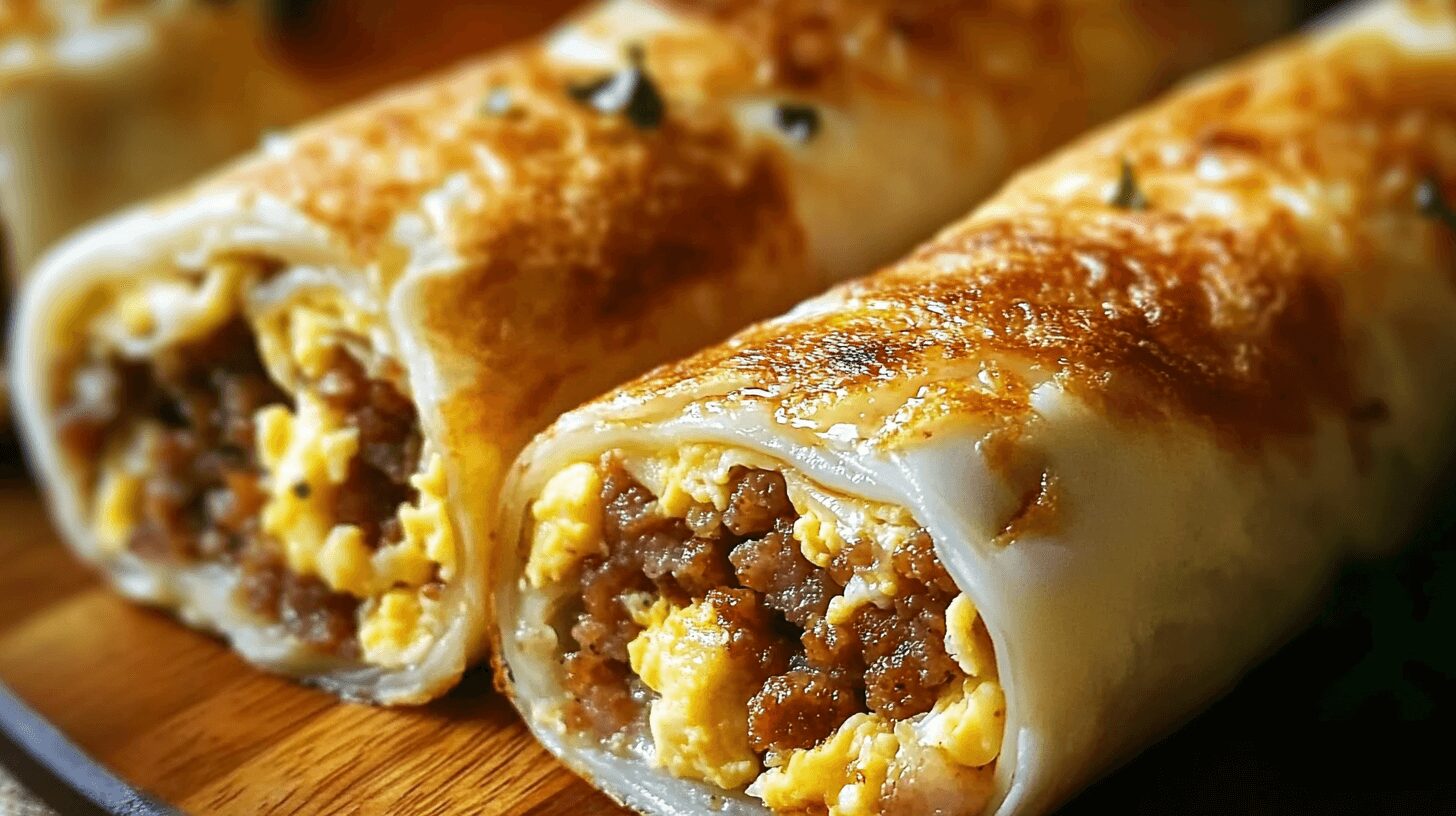
5-Minute Sausage Egg and Cheese Breakfast Roll-Ups: The Perfect Morning Delight
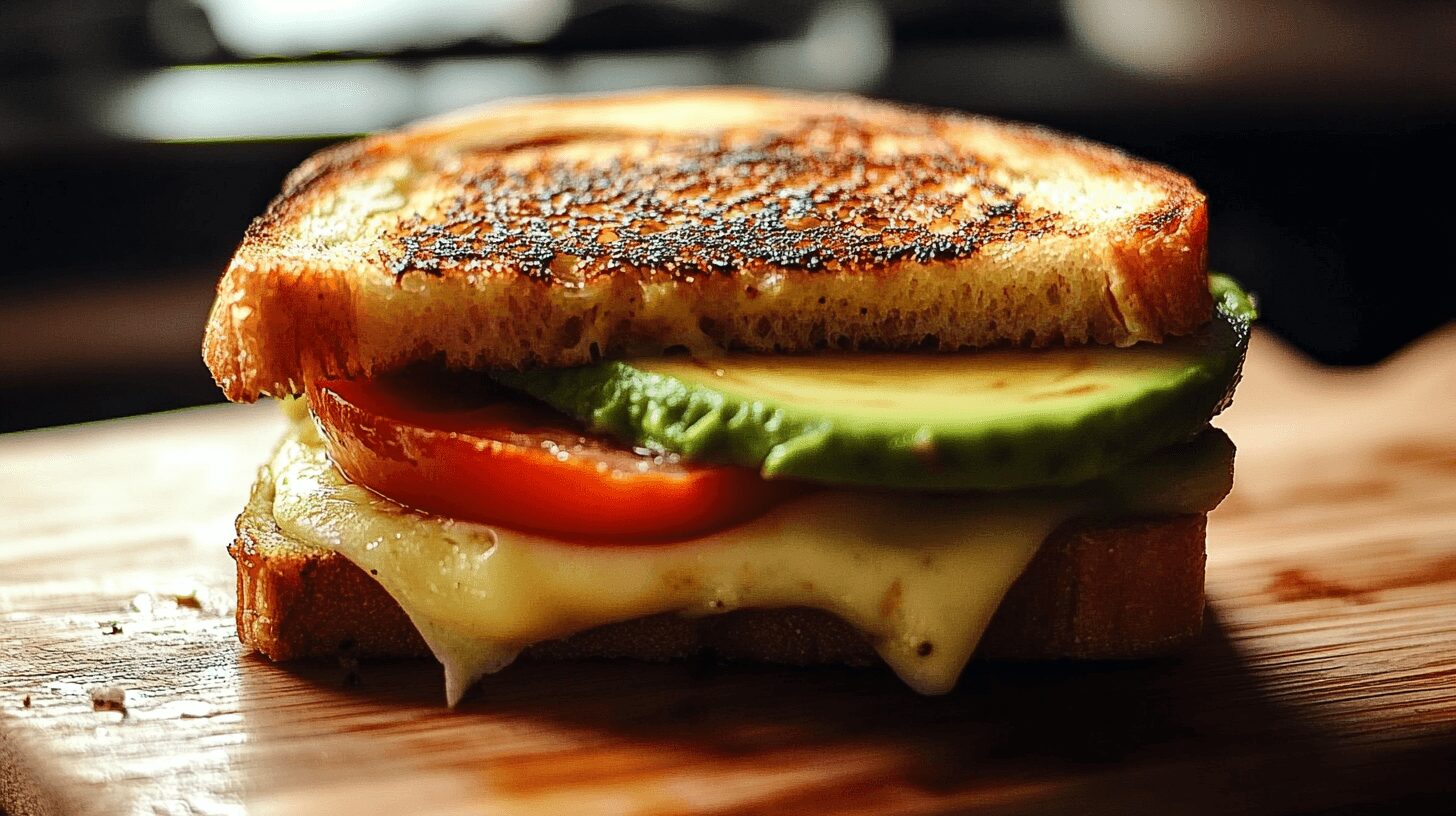
Healthy Avocado Grilled Cheese: 5 Reasons to Try This Nutritious Twist on a Classic
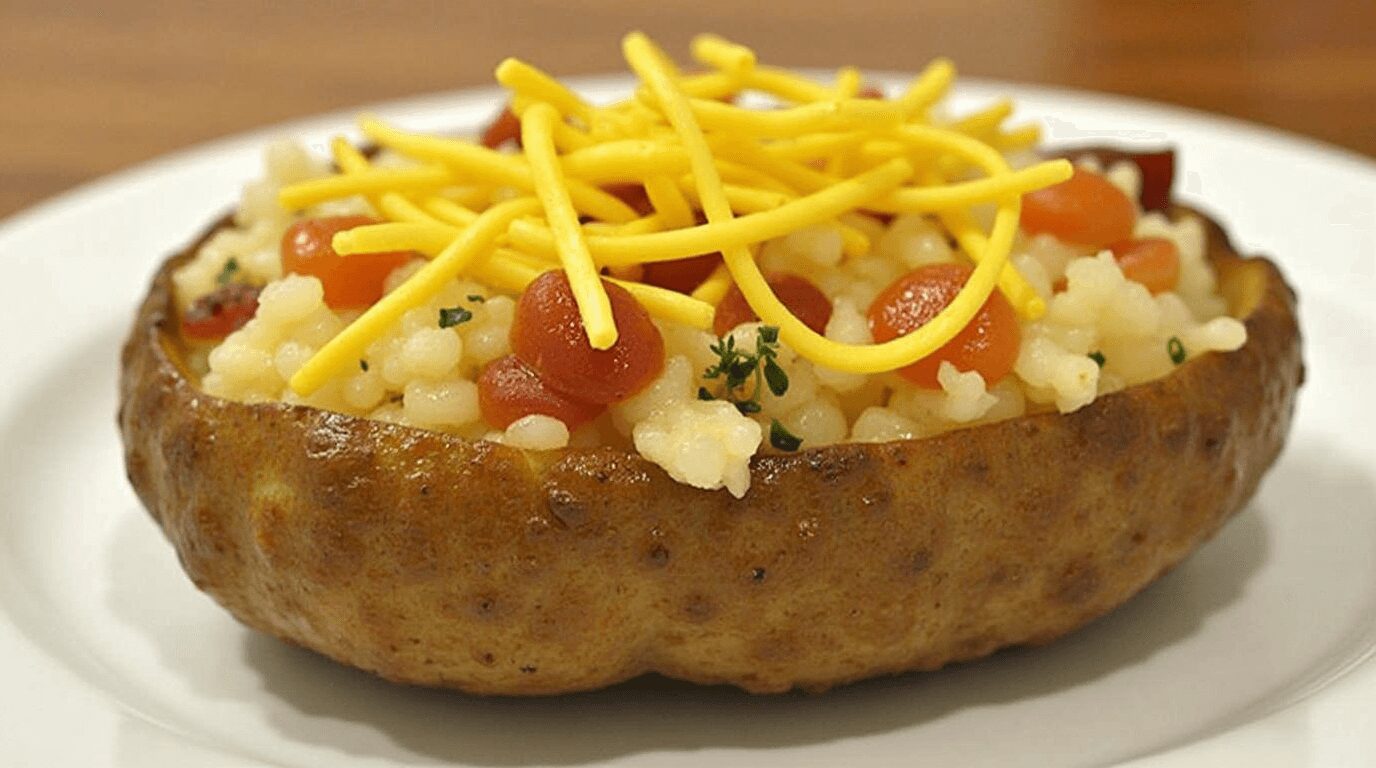
7 Reasons to Love Smothered Potatoes: A Delicious and Nutritious Comfort Food
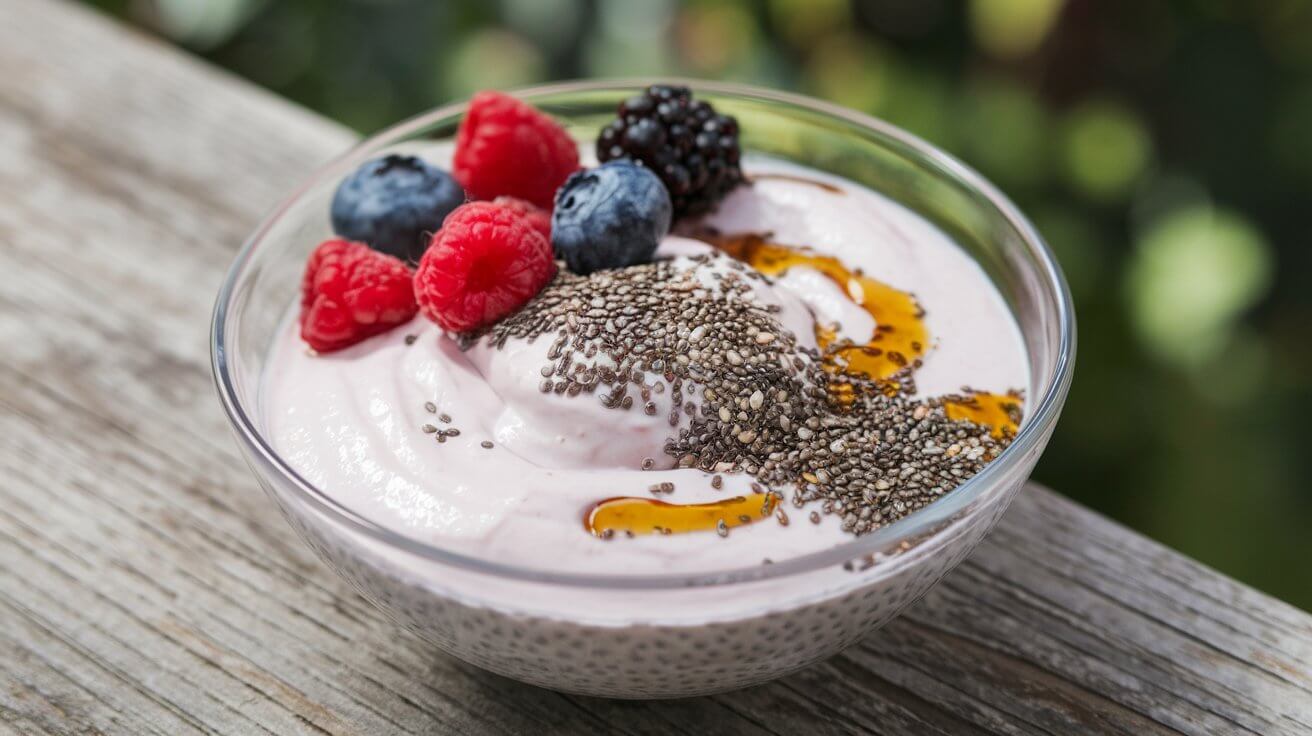
Greek Yogurt Chia Pudding: 5 Reasons This Simple, Healthy Treat is a Game-Changer


